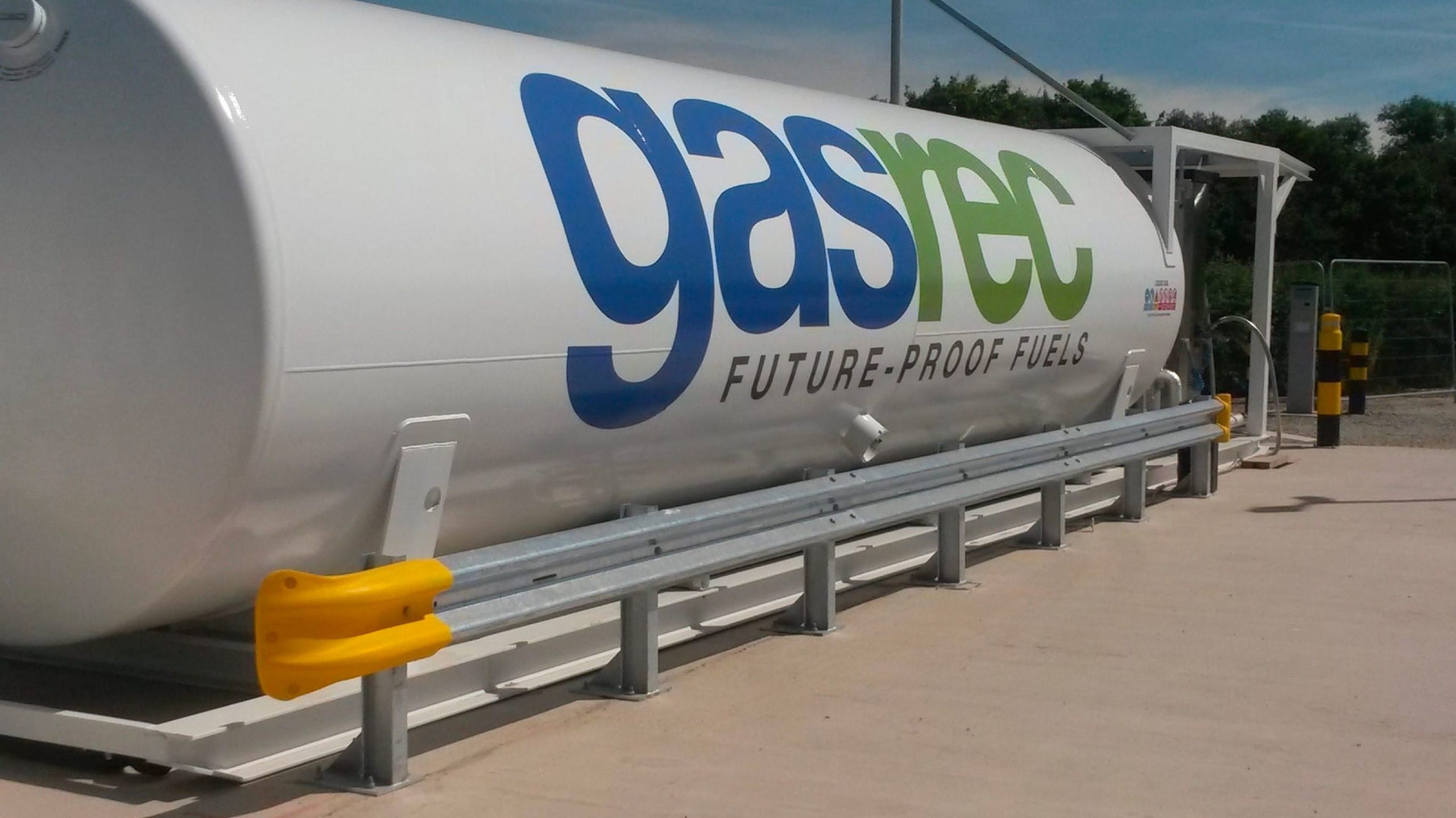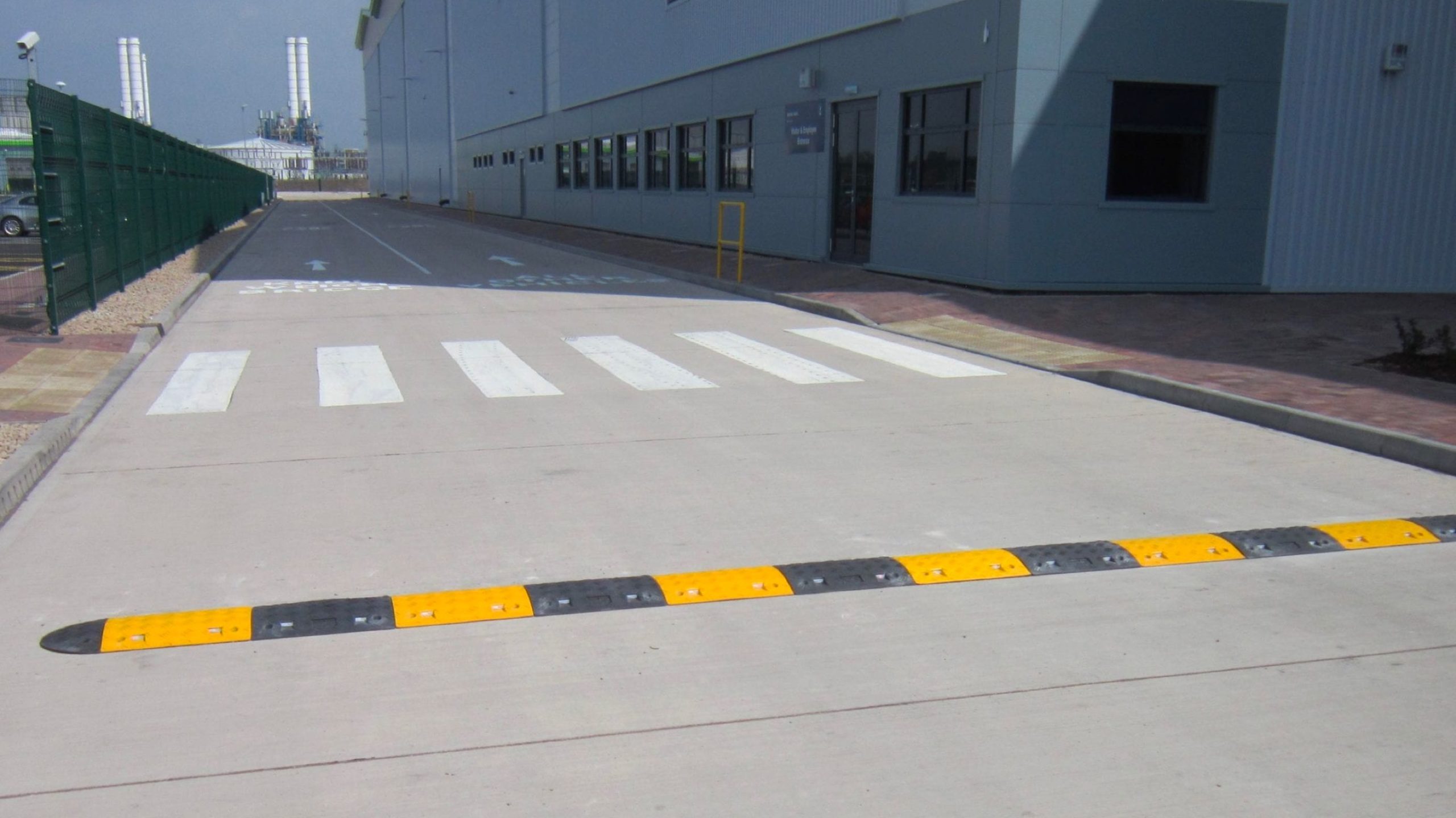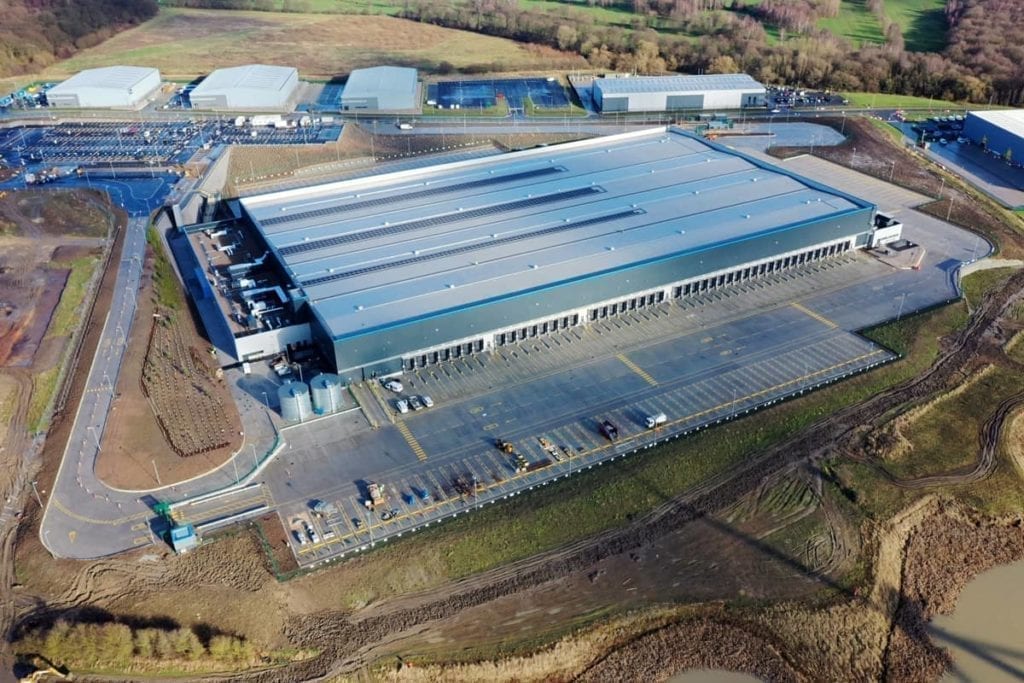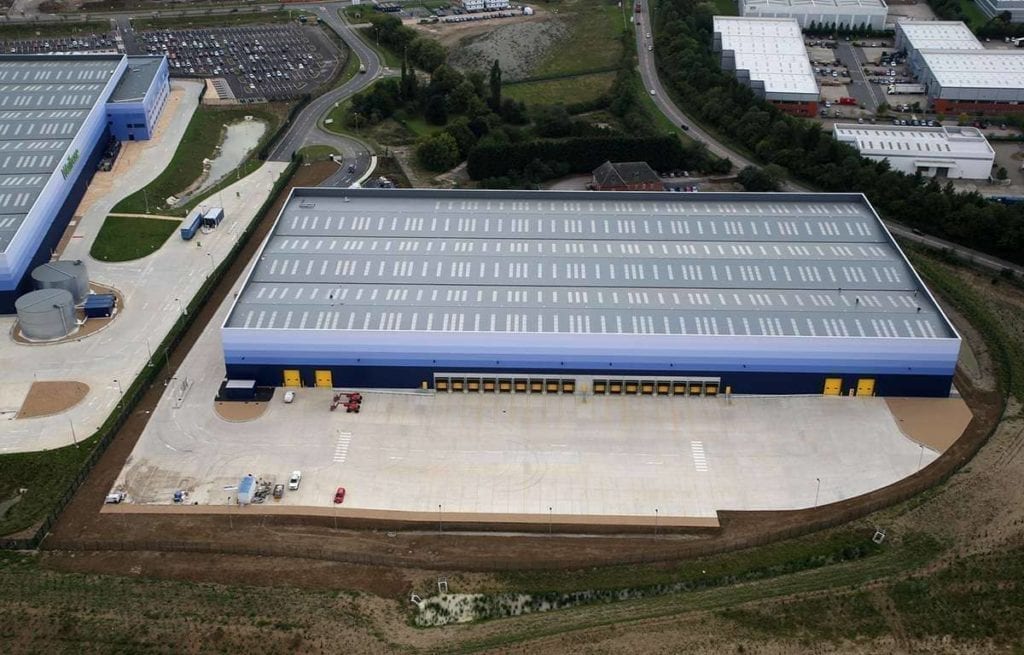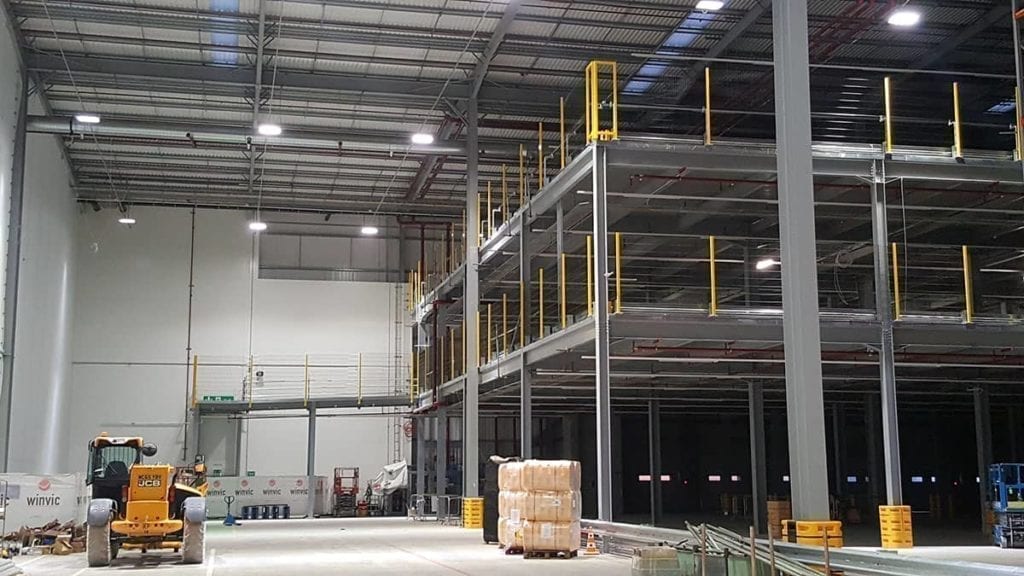This short installation guide will introduce you to the tools and steps required to install Armco barriers. We will also briefly run through the context and environment in which installing Armco barriers may be necessary or useful.
Where do You Need to Install Armco Barriers?
Armco barriers are perfect for any roads, car parks or warehouses that have slow traffic, as the armco barriers will be able to contain any damage to prevent any damage to buildings, machinery or pedestrians.
During installation, it is important to consider what could be damaged by a collision, and assess the likelihood of that collision taking place. It may also be useful to consider how fast the vehicle will be moving, the weight of the vehicle, and the angle of impact.
Not only are armco barriers built to protect features such as buildings in the event of a collision, they can also act as a visual warning to the driver. Often, armco accessories come with a bright yellow finish to make the barriers easy to spot. Armco barriers, when used alongside proper signage and markings, can warn drivers that there is a feature or obstruction ahead, and help them to avoid it.
Different risks and situations call for different armco safety barriers and accessories. Armco barriers that are curved or wall mounted may be used to fit around specific features or obstacles. They also come in a variety of sizes and heights, depending on the context and the size of the vehicles used in that area.
Here are the most common sizes:
560mm – to be installed internally in warehouses to protect smaller vehicles and keep people away from dangerous areas.
610mm – This is the industry standard, usually used in car parks and similar scenarios.
760mm & 1100mm – For larger vehicles such as lorries.
To figure out what parts you need, you can use a free online armco barrier calculator or give us a ring on +44 (0)1525 850222 for a quote.
Tools and Skills You May Need
When considering how to implement safety procedures such as armco barriers, it’s always best practice to get professional installation. This will ensure that the barriers are completely secure, and will properly prevent accidents. However, armco barriers are relatively simple to install, so if professional installation is not available, you should have no problem doing it yourself.
Tools
Drill / Screwdriver
Pegs
String Line
PPE
Spirit Level
Clamps
Spade / Digging Equipment
Cement
Cutter / Petrol Saw
The correct barrier length and parts (as mentioned above)
A minimum of two people
How to Install Armco Barriers
Step one: Joining
The main beam sections of the barrier can be bolted together using the pre-existing holes, where the barriers overlap. The barriers usually require M16 x 35mm fixings. Barriers usually come at a standard length, but if a shorter length is required ask an installer to cut down the barriers, ensuring new holes are drilled to line up with the other components.
Step Two: Posts
If you are installing onto an already level and secure concrete surface, you can use base plated posts. Alternatively, the posts will need to be concreted into the ground to make them secure. We recommend carrying out a survey or the ground conditions to ensure your barrier is being safely installed.
You will need three posts per barrier, with the post at the end of one barrier also serving as the first post of the next barrier. Corner sections will need two posts each. Again, there should already be pre-drilled holes, and this time you will need M16 x 50mm fixings to connect the posts to the main beam.
Step Three: Corners & Terminal Ends
Fix the corner and end pieces onto the armco beams. Armco safety barriers and accessories can be brought separately, allowing for you to personalise your safety barriers to suit the situation.
Brightly coloured armco accessories, such as an Armco Pedestrian Safety End, will reduce the risk of a safety hazard due to its visibility. Most armco barrier accessories can be retrofitted to steel Armco terminals, and can add extra buffers for absorbing impacts, such as Brandsafe’s innovative ImpactSAFE Buffers.
Armco barriers are an effective way of preventing damage to equipment or buildings, and protecting workers and the public. If you are still unsure about how to go about implementing your Armco barriers, or whether or not they are needed in your workplace, get free advice from our experts on +44 (0)1525 850222, sales@brandsafeprotection.com, or by contacting us through our website: https://www.brandsafeprotection.com/contact-us/

